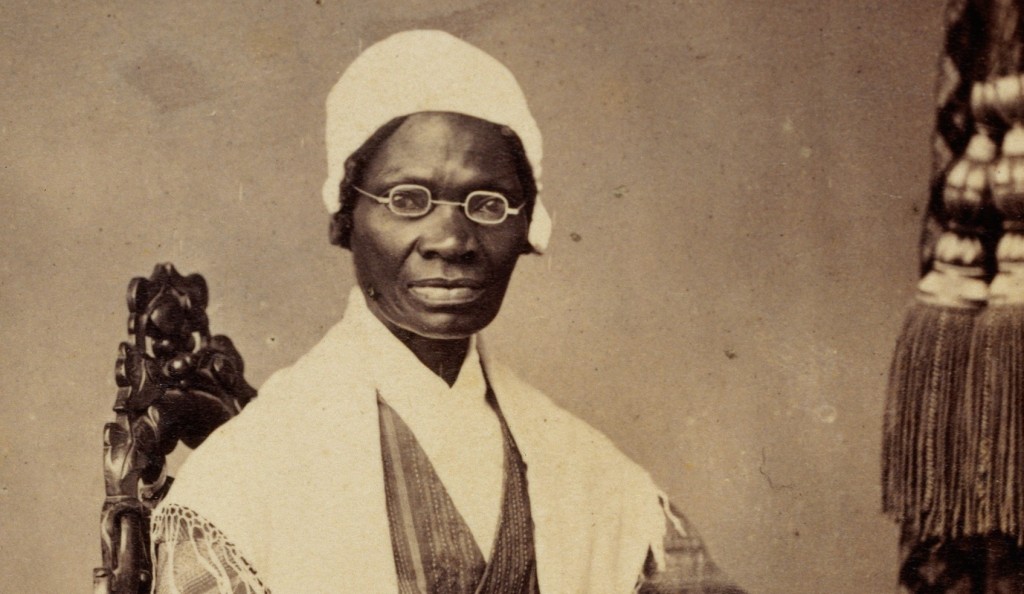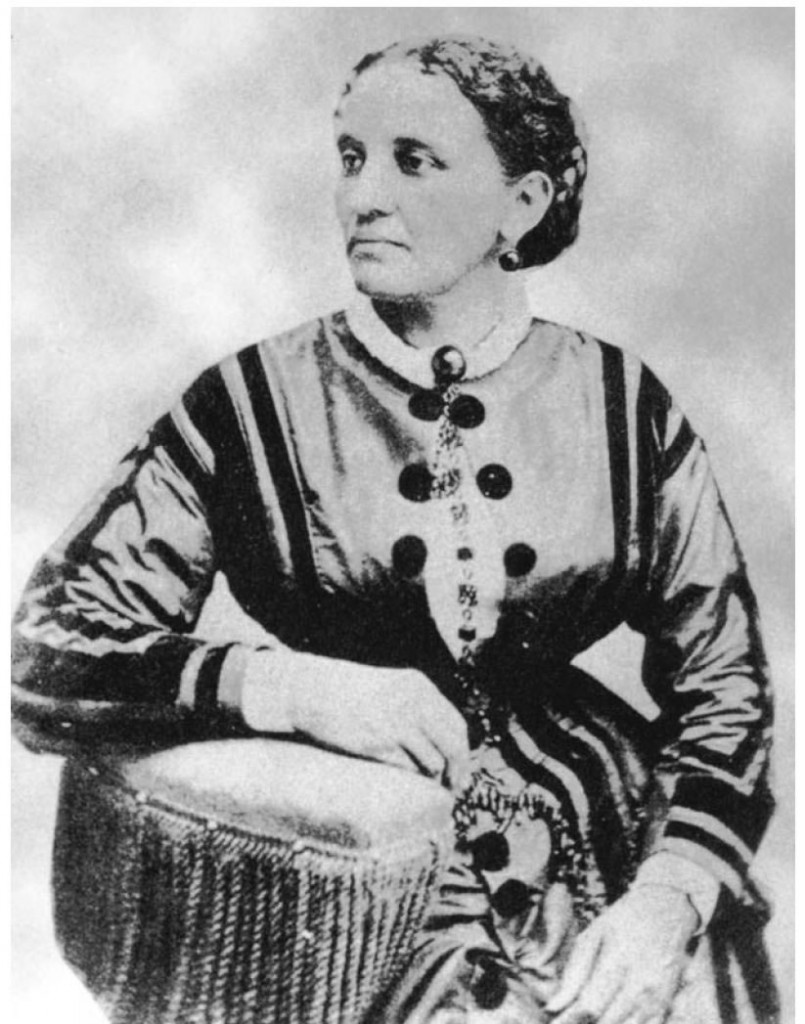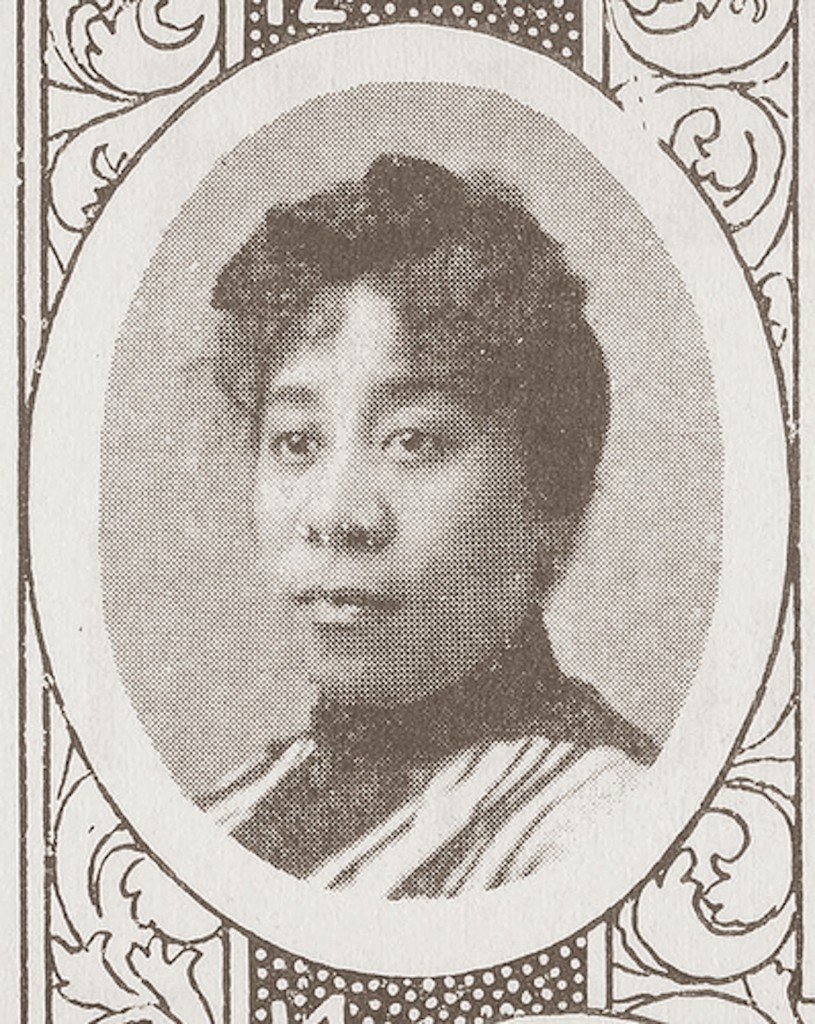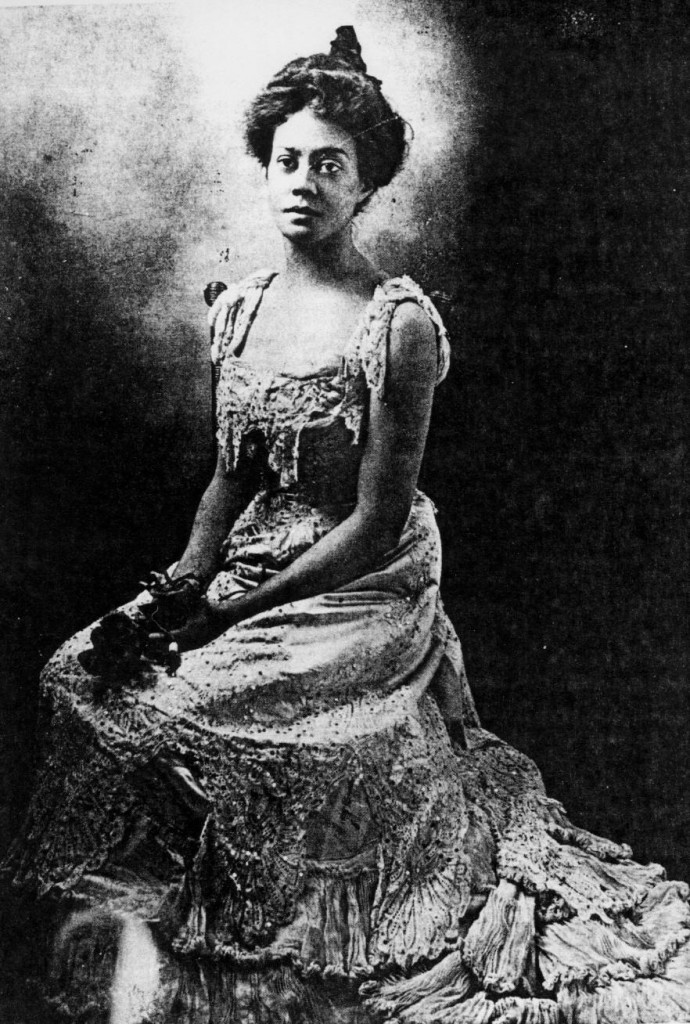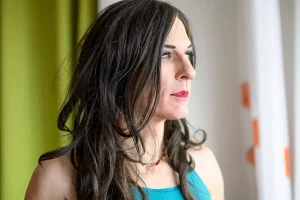THE PHRASE “19th-CENTURY BLACK WOMEN WRITERS” probably brings to mind only one or two names. Sojourner Truth, probably; Phyllis Wheatley if you’re fancy. If you were lucky, like me, you might have read Harriet Jacob’s incredible Incidents in the Life of a Slave Girl. But just because they don’t teach them in school doesn’t mean they don’t exist. That’s where the Digital Schomburg African American Women Writers of the 19th Century comes in.
The Schomburg is both a brick-and-mortar library in Harlem and an extensive digital archive, focusing on archiving, preserving, and celebrating black letters. The library got a shoutout this week on Another Round for its archive of The Green Book, a guide to safe travel spots for black folks, published from the 30s-60s, and the map they created to accompany the archive. For more than 85 years, the Schomburg has been committed to scholarship and preservation of just this kind — that which highlights both the minutiae and landmarks of black life in America.
You could spend the entirety of Black History Month lost in the Schomburg’s many digital resources, but I want to zero in on the African-American women writers of the 19th century—this is a women’s interest magazine, after all. Not only that, but I think writing of this era gets a bad rap, as it’s often sentimental, tedious, and politically backward. The voices in this collection show, however, that those pitfalls are not intrinsic to the era. Many of the publications are first-person narratives of slavery which show the origins of intersectional inequalities that persist to this day. Others are the poetic predecessors of the Harlem Renaissance, whose lyrical verse celebrates black beauty, the pain of life and love in bondage, and the glory of everyday life.
Below are just a few choice selections from the three dozen titles in the Digital Schomburg African American Women Writers archive:
Behind the Scenes, Elizabeth Keckley
The title of this book refers to Keckley’s inner-circle access to Mary Todd Lincoln as her servant and confidante. The beginning part of the memoir is a harrowing slave narrative in which her master beats her until he cries. She finally buys her freedom by virtue of her superior dressmaking, which eventually acquaints her with the first lady. The second half of the book is the Victorian version of a salacious tell-all, with chapters like “The Secret History of Mrs. Lincoln’s Wardrobe”:
“I also remembered of Mrs. L. having said to me at different times, in the years of 1863 and ‘4, that her expensive dresses might prove of great assistance to her some day.
‘In what way, Mrs. Lincoln? I do not understand,’ I ejaculated, the first time she made the remarks to me.
‘Very simple to understand. Mr. Lincoln is so generous that he will not save anything from his salary, and I expect that we will leave the White House poorer than when we came into it; and should such be the case, I will have no further need for an expensive wardrobe, and it will be policy to sell it off.’”
Contending Forces, Pauline E. Hopkins
In the introduction, Hopkins stresses the importance of claiming her genre of choice romance for her people: “after all, it is the simple, homely tale, unassumingly told, which cements the bond of brotherhood among all classes and all complexions.” This disclaimer is clearly something of a humblebrag, as her writing is gorgeous, and skillfully shows the effect of the trauma of racism on the social lives of young black women:
“It was strange to see this girl, resembling nothing so much as a lily in its beautiful purity, shrink from entering a place of public resort for fear of insult. It was difficult to convince her that she might enter a restaurant frequented by educated whites and meet with nothing but the greatest courtesy; that she might take part in the glorious service at fashionable Trinity and be received with punctilious politeness.”
Goodness of St. Roque, Alice Dunbar-Nelson
Though Dunbar-Nelson’s ex-husband, Paul Dunbar, is the one remembered by time (a familiar story), her writing is rich and entrancing. Her specialty lay in depicting Creole life and culture, as well as the colorism that mixed-race women face:
“Then one can fish in the lake and go bathing under the prim bath-houses, so severely separated sexually, and go rowing on the lake in a trim boat, followed by the shrill warnings of anxious mamans. And in the evening one comes home, hat crowned with cool gray Spanish moss, hands burdened with fantastic latanier baskets woven by the brown bayou boys, hand in hand with your dearest one, tired but happy.
At this particular picnic, however, there had been bitterness of spirit. Theophilé was Manuela’s own especial property, and Theophilé had proven false. He had not danced a single waltz or quadrille with Manuela, but had deserted her for Claralie, blonde and petite.”
Homespun Heroines, Hallie Q. Brown
This book is a kind of archive-within-the-archive — many women in the Schomburg archive actually appear in it as well. Compiled by Brown in her eighties(!), Homespun Heroines includes luminaries like Harriet Tubman and Madame CJ Walker, as well as lesser-known but no-less-influential women like civil war spy Mary Catherine Windsor and Laura A. Brown, the first black woman to run for legislature in Pennsylvania.
“These sketches breathe aspiration, hope, courage, patience, fortitude, faith.
The youth of today and of other days will come under this influence. They will not relive those lives. That cannot be: conditions change; human beings differ; deeds cannot be duplicated. But the spirit of the noble dead may be enkindled in the hearts of those who live after.”
Infelicia, Adah Isaacs Menken
Phyllis Wheatley is frequently tokenized in poetry surveys, but the Schomburg archive proves she was far from the only black woman writing or publishing verse in the 19th Century. This book by Adah Isaacs Menken, dedicated to, of all people, Charles Dickens, is especially accessible to the contemporary reader because of its use of free verse:
“Thy kisses are doubtless sweet that throb out an eternal
passion for me!
But I feel neither pleasure, passion nor pain.
So I am certainly dead
Dead in this beauty!
Dead in this velvet and lace!
Dead in these jewels of light!
Dead in the music!
Dead in the dance!”
These are just a few of the gems that make up this collection. Other readings include the life story of Sojourner Truth, the poems of Phyllis Wheatley, and dispatches from Civil war nurse Susie King Taylor. It should be enough reading to get you through to the next BHM!
